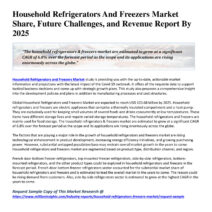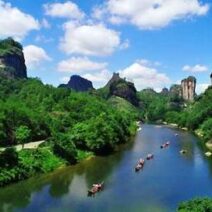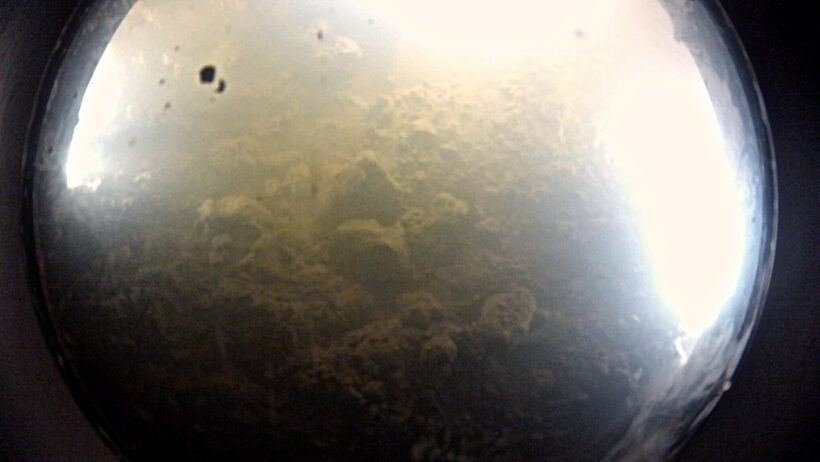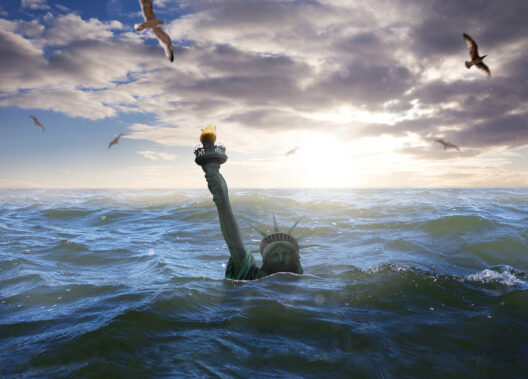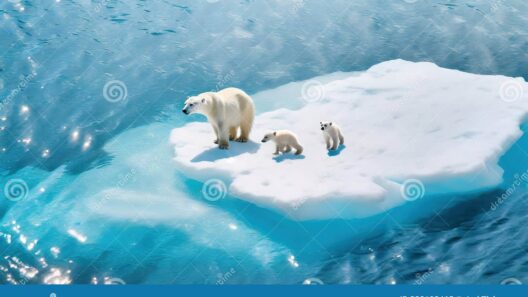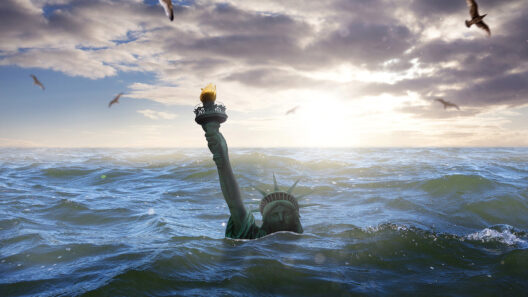As the planet warms, the permafrost—a frozen archive brimming with relics of ancient life—begins to yield its secrets. This deep freeze, once thought to be a bulwark against the passage of time, is fading, and with it, the possibility of uncovering microorganisms that have lain dormant for millennia. Among these are ancient bacteria, encased in ice, waiting patiently for the day when climate change nudges them back into a world that has since evolved dramatically.
The concept of resurrecting life that has been locked away for thousands of years paints a vivid picture—like opening a time capsule filled with whispers from a prehistoric era. But this phenomenon, while intriguing, raises profound questions about the implications of such discoveries. The thawing of ancient bacteria signifies more than just a scientific curiosity; it underscores the urgency of addressing global warming and its cascading effects on ecosystems.
With permafrost retreating under the pressure of rising temperatures, the microbial lifeforms that have been slumbering in Glacial prisons are emerging. Scientists have extracted and revived bacteria from this icy tomb, with some specimens dating back around 30,000 years. The implications of this revival are monumental. These bacteria, representative of earlier Earth’s conditions, can provide invaluable insight into how life has adapted and thrived under varying climates. They serve as biological time machines, offering a glimpse into resilience and survival across epochs.
One must consider the role of these ancient organisms within the broader context of climate change. The release of bacteria, along with viral entities, from thawing permafrost is not merely a return to life; it is a potentially disruptive re-introduction to contemporary ecosystems that could pose unforeseen risks. The resurgence of ancient pathogens, for instance, raises concerns regarding diseases that may have long been absent from modern landscapes, their re-emergence echoing like echoes of a long-forgotten past, now amplified by environmental upheaval.
Moreover, as the thawing of permafrost progresses, it releases not only bacterial specimens but also vast amounts of greenhouse gases previously trapped within the icy framework. Methane, a potent greenhouse gas released via microbial activity, exacerbates the very conditions that led to the thawing in the first place. This unrelenting cycle of warming and gas emission is akin to a monstrous ouroboros, consuming its own tail in an endless loop of destruction.
It is evident that the thawing of ancient bacteria has two contradictory narratives: one of enlightenment and one of potential peril. On one hand, research into these life forms enriches our understanding of microbial evolution, adapting to changing climates. On the other hand, the potential implications for human health and planetary ecosystems cannot be overstated. Is the rekindling of ancient life a herald of discovery or a herald of disaster?
This duality invites further inquiry into the specifics of the bacteria themselves. For instance, scientists have discovered that some of these revived organisms possess unique metabolic pathways, enabling them to survive in extreme conditions, including high salinity and low temperatures. This adaptability could inspire innovative approaches to biotechnology, offering solutions for various challenges—from developing robust agricultural strains resistant to changing climatic patterns to bioengineering processes that mitigate the risks of contemporary pathogens.
However, the urgency to explore and comprehend ancient bacteria goes beyond academic curiosity. It constitutes an imperative in an era defined by ecological instability. Understanding these microorganisms can help illuminate the influences of climate oscillations on microbial dynamics, allowing for predictive models that could inform environmental policy and conservation efforts.
Consider the possibility that as researchers delve deeper into the microbiomes of revived ancient bacteria, they may uncover novel antibiotic compounds or enzymes with applications across various industries. Such findings would add a layer of complexity to our comprehension of microbial ecosystems and their beneficial roles, illustrating that within the depth of ice and time lies not just caution but also opportunity.
Yet, we cannot overlook the existential conundrum posed by the thawing of permafrost and its associated bacteria. The real quandary remains: Can humanity strike a balance between exploration and caution? As scientific inquiry progresses, it must be tempered with an acute awareness of the larger ecological tapestry and the consequences that arise from unraveling it. The act of unearthing ancient life must not be approached as a mere scientific endeavor; it must evolve into a critical dialogue on conservation, climate action, and the ethical ramifications of our pursuits.
In conclusion, while the thawing of ancient bacteria offers a fascinating glimpse into the past, it also casts a long shadow over the present. The narrative we construct from these revelations will determine not merely our understanding of life’s resilience but also the trajectory of our planet’s future. As stewards of the Earth, we face a moment of reckoning—an opportunity to enhance our symbiotic relationship with nature and understand the fragility of the ecosystems we inhabit. The ice melts away, unveiling age-old secrets, but it also is a clarion call to act decisively against the looming specter of climate change. In this balancing act lies the future of both men and microbes alike.

